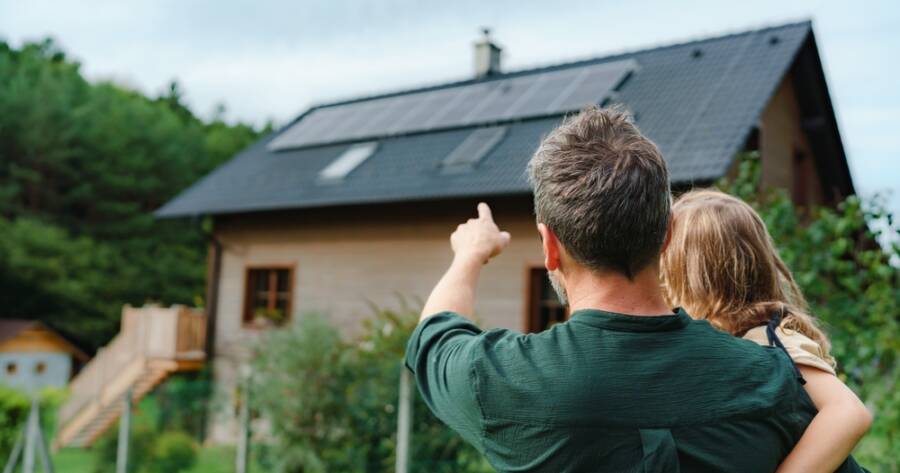Harnessing the power of the sun isn’t just good for the planet, it’s also a smart move for your wallet and long-term energy independence. As utility rates continue to climb and climate concerns become more urgent, solar panels offer a cleaner, more sustainable alternative. Making the switch can reduce your monthly bills, boost your home’s value, and give you more control over your energy use. With the right information, switching to solar becomes a bright decision with a lasting impact.
How Solar Panels Work and What They Provide
Solar panels convert sunlight into electricity using photovoltaic (PV) cells. When the sun’s rays hit these cells, they generate direct current (DC) electricity, which is then converted into alternating current (AC) electricity by an inverter. That’s the form of power your home uses every day—for lights, appliances, and electronics.
Depending on your setup, solar panels can power your home entirely or supplement your existing electricity source. Excess energy produced during the day may even be fed back into the grid, depending on your utility provider and local regulations. Understanding this basic system is the first step to evaluating how solar power can meet your home’s energy needs.
Upfront Costs vs. Long-Term Savings
The initial cost of solar panel installation can be significant, but it often pays for itself over time through energy savings and incentives. Depending on your location, federal tax credits, state rebates, and net metering programs can reduce the overall cost considerably. Many homeowners see a return on investment within six to ten years.
Solar also offers long-term protection from fluctuating energy prices. Once installed, panels require minimal maintenance and can continue generating electricity for 25 years or more. If you’re planning to stay in your home long-term, the financial payoff can be substantial, and you’ll enjoy lower utility bills from day one.
Is Your Home a Good Fit for Solar?
Not every home is ideal for solar energy, so a professional site assessment is essential. Factors like roof angle, sun exposure, shading from trees or nearby buildings, and your geographic location all play a role in how effective a solar system will be. South-facing roofs with minimal obstruction tend to yield the best results.
You’ll also want to consider your current energy usage. A high monthly electricity bill may make solar an especially appealing solution. Even if your home doesn’t qualify for a full system, solar can still provide partial offsetting benefits. A qualified installer can help determine the best approach for your space and budget.
Choosing the Right Installer and System
Finding a reputable solar installer is key to a successful transition. Look for companies with experience, good customer reviews, and proper certifications. A trustworthy provider will walk you through system options, available incentives, installation timelines, and maintenance expectations without pressure.
There are also various system types to consider. Grid-tied systems are the most common and allow you to draw power from the utility grid when needed. Off-grid systems provide complete energy independence but require battery storage. Hybrid systems offer the best of both. Choosing the right system depends on your goals, location, and budget, so don’t rush the decision.
Understanding Maintenance and Longevity
Solar panel systems are known for being low-maintenance, but that doesn’t mean they’re completely hands-off. Most require periodic cleaning to remove dust, debris, or snow that may reduce efficiency. Inverters may need replacement after 5 to 15 years, though panels themselves can last 25 to 30 years or more with little drop in performance.
Many manufacturers offer warranties that guarantee production levels for decades. Regular inspections can help spot minor issues before they become bigger problems. By keeping your system clean and in good working condition, you’ll maximize output and protect your investment for years to come.
A Smarter Home, a Brighter Future
Switching to solar power is more than a home improvement—it’s a lifestyle upgrade that reflects thoughtful, forward-looking choices. Whether you’re motivated by financial savings, environmental values, or energy independence, solar offers tangible rewards that last for decades. With the right system, a qualified installer, and realistic expectations, your home can become a beacon of sustainability and resilience. The future of energy is bright, and it might just start on your rooftop.

